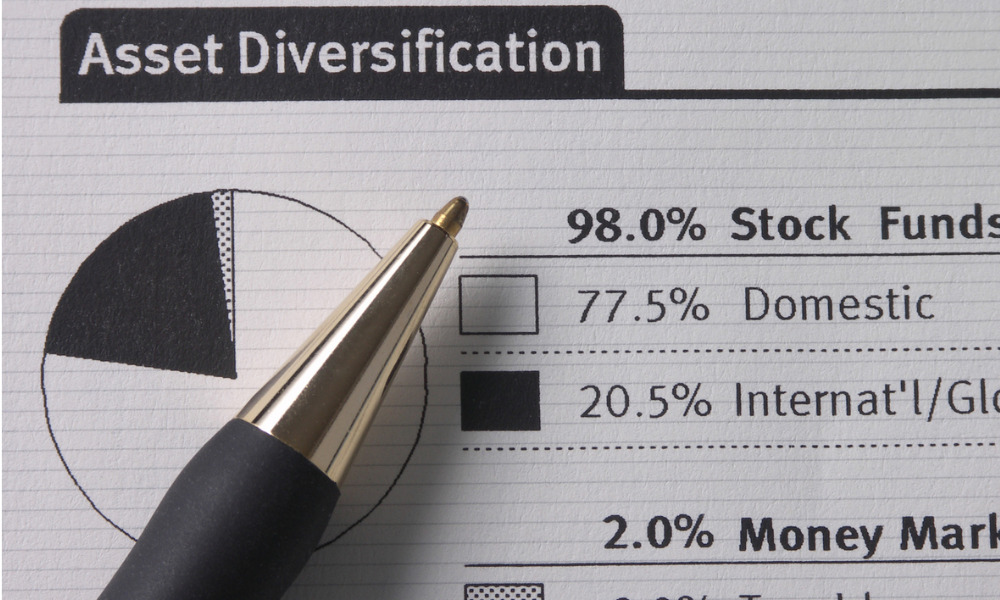Over a ten-year period, investors in mutual funds and ETFs earned less than the actual funds

For financial advisors, it can be challenging to convince clients to hang onto their mutual fund shares, particularly in turbulent markets. Now they can make a stronger case with new research from Morningstar, which looks at how badly timed transactions cost investors the opportunity to receive higher returns.
According to a Morningstar analysis, investors saw an average return of 9.3% annually on their average dollar invested in mutual funds and ETFs over the ten years ending December 31, 2021. Although that is an admirable gain, it fell short of the 11% overall return the funds themselves produced during the same period.
“This shortfall, or gap, stems from poorly timed purchases and sales of fund shares, which cost investors nearly one sixth the return they would have earned if they had simply bought and held,” several researchers and Amy Arnott, Morningstar portfolio strategist, said.
The 1.7-percentage point difference between investor and total returns is roughly in line with the differences that Morningstar discovered for the four preceding rolling 10-year periods.
“The persistent gap between the returns investors experienced and reported total returns makes cash flow timing one of the most significant factors — along with investment costs and tax efficiency — that can influence an investor’s end results. But there are a few steps investors can take to improve their results,” Arnott said.
Morningstar stated that investors might be able to obtain more of the overall profits from their investments by:
- acquiring a limited number of broadly diversified funds while avoiding fewer or more volatile ones;
- automating basic tasks like establishing asset allocation goals and recurring rebalancing; and
- adopting strategies like dollar-cost averaging, which automates investing by making regular investments of the same amount
“Investors can easily get caught in a cycle of analysis paralysis by fretting over how much to buy or sell at various times. The endless drumbeat of market and economic news can make it tempting — even for professional investors and financial advisors — to feel like they should be doing something to respond to shifting market conditions,” Arnott wrote.
According to her research, frequent investments over time could help investors dramatically increase their returns.
Although systematic investing may not be the best option compared to buy-and-hold investment, it can nonetheless improve investors' real performance by assisting them in avoiding the traps of inadvertent inflows and outflows, according to Arnott.
Allocation funds, which include stocks, bonds, and other assets, continue to exhibit the smallest gaps, while U.S. equity funds and taxable bond funds, the two largest types by net assets, experienced fewer gaps than the broad fund universe.
The highest gaps between investor and fund returns were produced by sector, nontraditional equity, and international equity funds, and it has been shown that more volatile funds frequently lead to the biggest investor shortfalls.
It was harder to see how return gaps and fees related. While the cheapest U.S. stock funds had narrower gaps than the costliest ones, this was not the case for taxable bond and unconventional equity funds.



